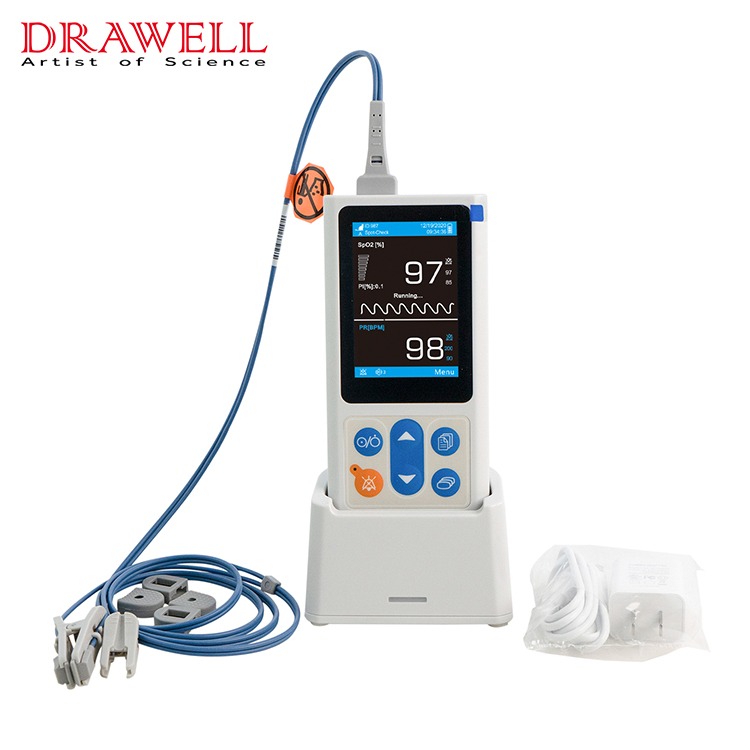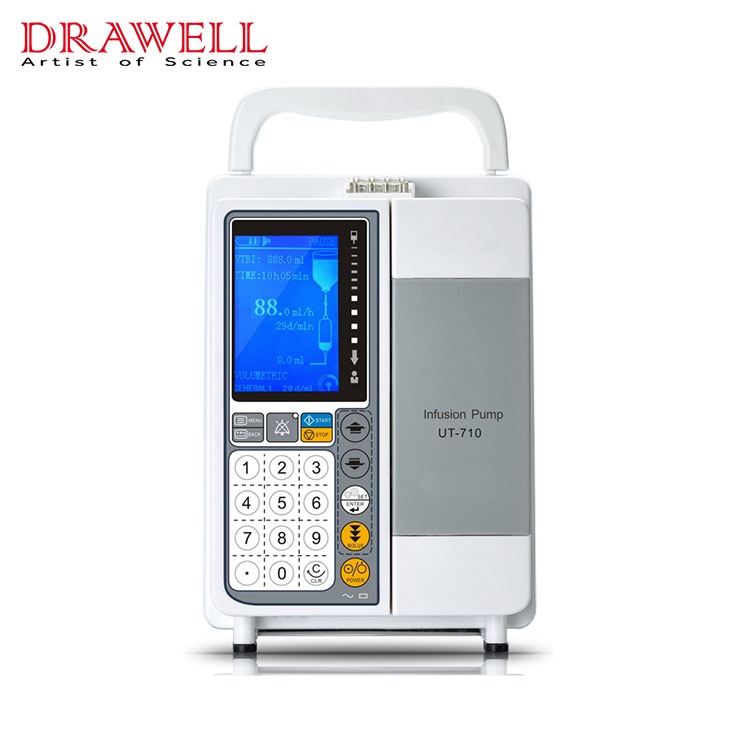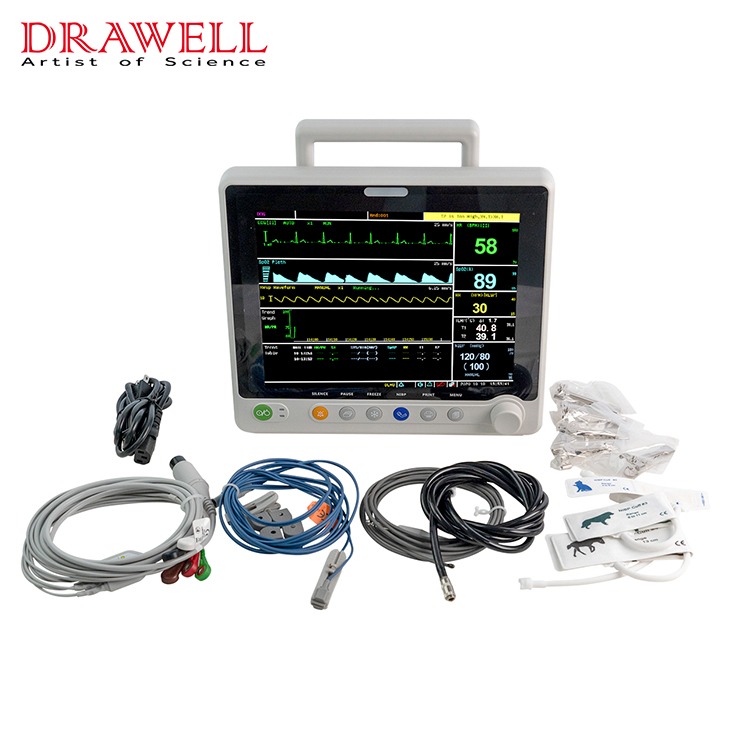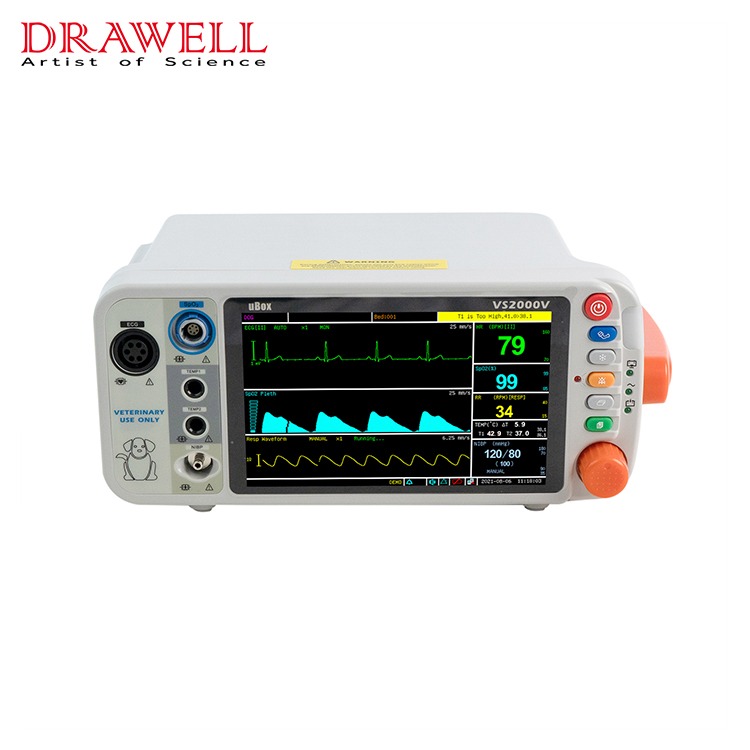In the realm of modern veterinary medicine, technology is advancing at an unprecedented pace. One of the groundbreaking innovations that have significantly transformed pet care is the Veterinary Patient Monitor. These high-tech devices are revolutionizing the way veterinarians monitor and care for our furry companions, ensuring their well-being and enhancing the quality of care they receive.
What are Veterinary Patient Monitors?
A Veterinary Patient Monitor is a state-of-the-art medical device designed specifically for animals. It is equipped with an array of sensors and instruments that measure various vital signs and physiological parameters in real-time. These parameters include heart rate, respiratory rate, blood pressure, temperature, and oxygen saturation levels. This wealth of information is critical for veterinarians in assessing the health status of pets, making accurate diagnoses, and monitoring their progress during treatment.
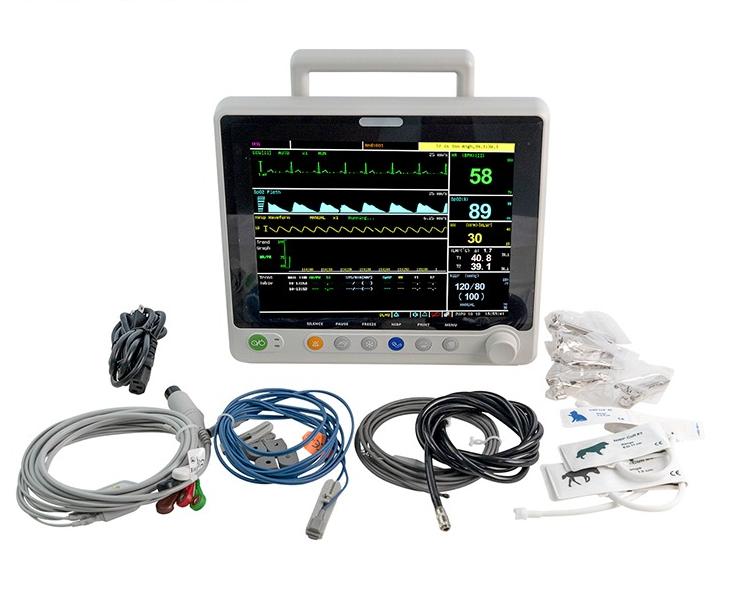
6 Influences of The Invented of Veterinary Patient Monitors
1. Enhancing Diagnosis and Treatment
The introduction of Veterinary Patient Monitors has significantly enhanced the diagnostic capabilities of veterinarians. In the past, diagnosing complex health issues in pets often relied on observation and a limited set of measurements. With the advent of monitors, veterinarians can access a comprehensive and real-time picture of an animal’s health, which is particularly valuable when dealing with critically ill patients.
For instance, in emergency situations, such as trauma or poisoning cases, time is of the essence. A Veterinary Patient Monitor provides immediate data on the pet’s vital signs, allowing for rapid and informed decision-making. This speed can be a matter of life or death.
2. Anesthesia Monitoring and Safety
Pets often require anesthesia for various medical procedures, including surgeries and dental treatments. Anesthesia carries inherent risks, and it’s crucial to monitor an animal’s response closely. Veterinary Patient Monitors are invaluable in this context.
During anesthesia, the monitor continuously tracks vital signs like heart rate, respiratory rate, blood pressure, and oxygen saturation. If any parameter deviates from the norm, an alarm alerts the veterinary team, prompting swift action. This proactive approach minimizes the risks associated with anesthesia, making procedures safer for our beloved pets.
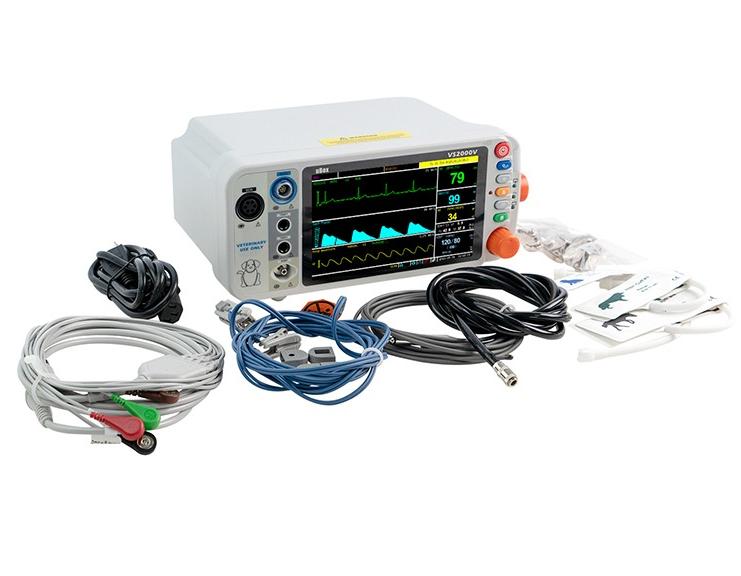
3. Improved Postoperative Care
The care of pets doesn’t end in the operating room. Postoperative monitoring is equally critical. Veterinary Patient Monitors play a crucial role in ensuring a smooth recovery process.
The monitor provides real-time feedback on the pet’s condition, helping veterinarians detect any postoperative complications early. This timely intervention can prevent complications from escalating and improve the chances of a successful recovery.
4. Chronic Disease Management
Many pets, like their human counterparts, suffer from chronic illnesses such as diabetes, heart disease, or kidney problems. Managing these conditions effectively requires constant monitoring. Veterinary Patient Monitors are instrumental in this regard.
For example, diabetic pets require regular glucose monitoring. With the use of specialized monitors, pet owners can track their pet’s blood glucose levels at home, reducing the stress on the pet and the frequency of visits to the veterinary clinic. This not only improves the pet’s quality of life but also empowers owners to actively participate in their pet’s care.
5. Remote Monitoring for At-Home Care
The advent of remote monitoring systems has taken pet care to new heights. These systems allow veterinarians and pet owners to monitor an animal’s health remotely, using Veterinary Patient Monitors and connected technology.
Imagine a scenario where a pet with a chronic condition is being monitored 24/7 without the need for frequent vet visits. Remote monitoring systems enable this. Data from the pet’s monitor is sent to the veterinarian’s office, where it can be continuously reviewed. If any abnormality is detected, the vet can provide guidance or schedule an appointment.
6. Better Communication and Collaboration
The integration of Veterinary Patient Monitors has improved communication and collaboration between pet owners and veterinarians. When a pet is being monitored at home, owners can easily share the data with their veterinarian via secure online platforms. This fosters a sense of partnership in pet care, as owners become more involved in the monitoring process.
Additionally, veterinarians can collaborate more effectively with specialists or consult with colleagues by sharing real-time data from the monitor. This collaborative approach ensures that pets receive the best possible care, benefiting from a collective wealth of knowledge and expertise.
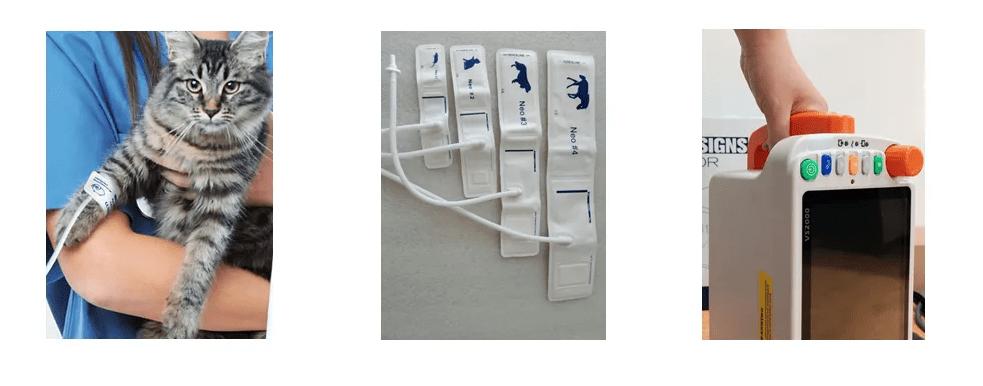
Conclusion
The rise of Veterinary Patient Monitors represents a significant milestone in the field of veterinary medicine. These advanced devices are not only enhancing the accuracy of diagnoses and the safety of procedures but are also enabling pet owners to actively participate in their pet’s healthcare journey.
The transformation is profound, and as technology continues to evolve, we can expect even more remarkable advancements in veterinary care. With Veterinary Patient Monitors leading the way, our pets are enjoying longer, healthier, and happier lives, and our bond with them is stronger than ever before. These monitors are not just gadgets; they are the heartbeat of a new era in pet care.

